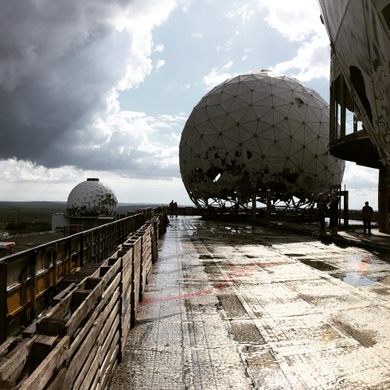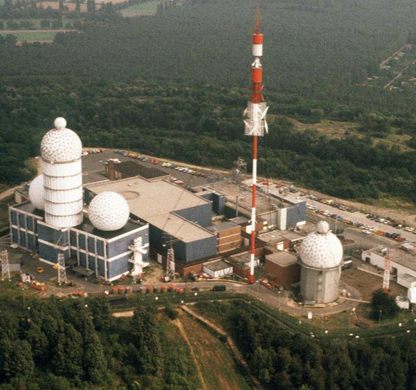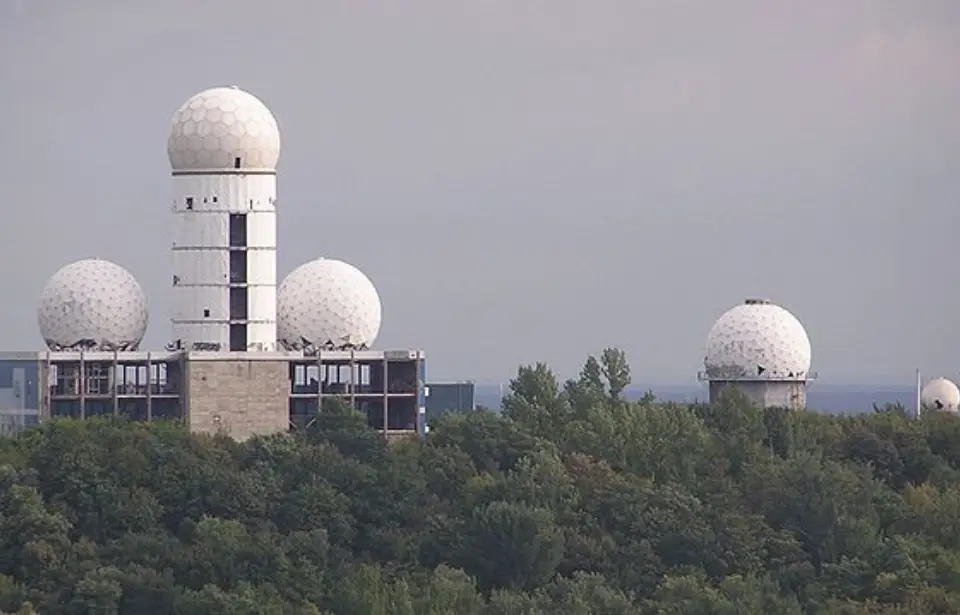Berlin, Germany’s Teufelsberg, often known as “Devil’s Mountain,” is an artificial hill next to the Grunewald neighborhood. It is located in Berlin’s Grunewald Forest, 120.1 meters above sea level and around 80 meters (260 feet) above the neighboring Teltow plateau. It was given its name in honor of the nearby Teufelssee, also known as Devil’s Lake.

The US National Security Agency (NSA) constructed one of its biggest listening stations atop the hill; this facility is thought to be a component of the worldwide ECHELON network, which gathers intelligence. “The Hill,” as the thousands of US soldiers who worked there nonstop and commuted from their accommodations in the American Sector called it, was located in the British Sector.

Mobile Allied listening units started operating on Teufelsberg in July 1961 after scouting out different parts of West Berlin to find the ideal location for listening in on military communications from the Soviet Union, East Germany, and other Warsaw Pact countries.

The US government requested the removal of the ski lifts because it claimed they were interfering with communications. The station operated until the fall of the Berlin Wall and East Germany, at which point its equipment was removed and it was dismantled. The radar domes and structures are still there.
During NSA operations, additional strange things happened. For example, it was found that radio signal reception differed depending on the season. Eventually, the Ferris wheel from the annual German-American Volksfest Festival on Zehlendorf’s Hüttenweg was identified as the “culprit.”
After the event, the Ferris wheel remained upright. The idea that the Americans had dug a shaft beneath the ruins never materialized, though it was most likely based on accounts that individuals who maintained equipment in one of the first enclosed antenna structures used an airlock to access the upper levels of the inflated dome, which in turn led to a “tunnel” embedded in the central column of the building.
















